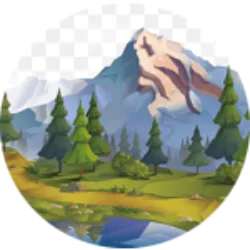The vast diversity of landscapes on Earth, combined with human influence

The vast diversity of landscapes on Earth, combined with human influence, has considerably expanded the scope of study of Geography. To simplify, Geography was divided into two main branches:
Physical Geography: This branch focuses on the analysis of physical or natural phenomena on the Earth's surface, such as climate, relief and hydrography.
Human Geography: This branch explores topics such as economic activities, organization of space, evolution of cities and demography, focusing on the interaction between society and the environment.
Landscape arises from the interaction between different elements
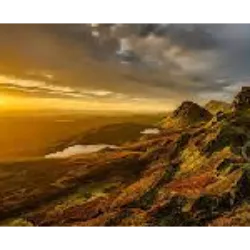
Landscape arises from the interaction between different elements, whether natural or human, in a specific location, forming a unique composition. It represents an observable portion of the Earth's surface.
The elements that make up the landscape define its structure, enabling detailed analysis. Each landscape is unique and results from the influence of natural elements, such as relief, bodies of water, vegetation, and climatic characteristics (snow, rain, cloudiness, etc.), as well as interaction with human elements, such as buildings, infrastructures, roads communications (roads, motorways, railways, canals, airports, etc.), electricity poles, industries, agricultural holdings and tourist developments.
Test yourself with one of these challenges 👇
Discover some interesting facts about Landscape
Analyzing and understanding the landscape can be done

Analyzing and understanding the landscape can be done through direct observation (visualizing the phenomenon on site) or indirect observation (studying the phenomenon through written, visual, informative documents, etc.). This process requires skill in organizing information, and geographers often use landscape sketching as a technique to schematize information into three observation planes, facilitating the description of the landscape.
3rd Plane: Corresponds to the most distant part of the observer. Natural elements such as the Black Sea and the sky. Human elements: none.
2nd Plane: Located in the middle portion of the landscape. Natural elements: Black Sea and hill. Human elements: houses.
1st Plane: Closer to the observer, providing a more detailed view. It includes natural elements such as the Black Sea, vegetation and cliffs, along with human elements such as houses and a bridge.
Landscapes, whether natural or humanized
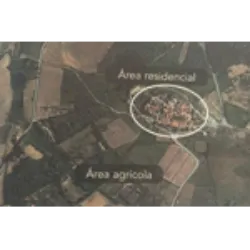
Landscapes, whether natural or humanized, are distinguished by their multifunctionality. In a rural landscape, for example, several functions are associated, such as the production of goods, conservation of resources, leisure, preservation of heritage and cultural identity, and the residential function. These functions are performed by several landscape units, which stand out from adjacent areas due to the way natural and human elements interact, and may be separate or overlapping.
Through observation and description
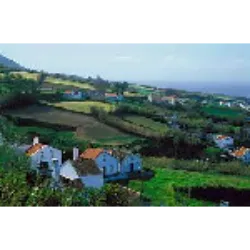
Through observation and description, we can identify two types of landscapes: natural and humanized. The degree of humanization of the latter varies, depending on the greater or lesser human intervention. Rural landscapes, for example, exhibit a lower degree of intervention, while urban landscapes show a greater degree of intervention. It is important to note that all landscapes are constantly changing, whether due to natural factors or human influence.
Natural landscapes, although not directly modified by humans

Natural landscapes, although not directly modified by humans, are subject to changes caused by natural factors, such as erosion from rivers, oceans and wind, tectonic movements and extreme natural phenomena.
On the other hand, humanized landscapes reveal the impacts of human activity, including deforestation, agricultural practices, urban expansion, industrial development, transportation infrastructure, and population growth. To ensure conscious and planned transformations, considering the natural characteristics of the territory, it is crucial to study and understand the landscape. However, it is important to note that humanized landscapes can also be affected by the action of natural factors.
The continuous expansion of human presence has threatened
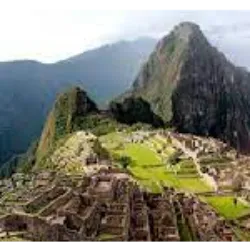
The continuous expansion of human presence has threatened the existence of natural landscapes, making them increasingly scarce. Many of these landscapes are located in inaccessible regions, characterized by adverse conditions that make human survival difficult.
In order to recognize, preserve and safeguard natural and cultural landscapes of exceptional importance to humanity, UNESCO adopted, in 1972, the Convention for the Protection of the World Cultural and Natural Heritage.
Not only do these landscapes play a fundamental role in the construction of human knowledge and history, they also face the imminent danger of extinction. Since then, significant efforts have been made globally towards the conservation and protection of these designated World Heritage areas, notable examples include Yellowstone National Park, Machu Picchu Sanctuary, Salonga National Park, among others.
Test yourself with one of these challenges 👇
HOME
